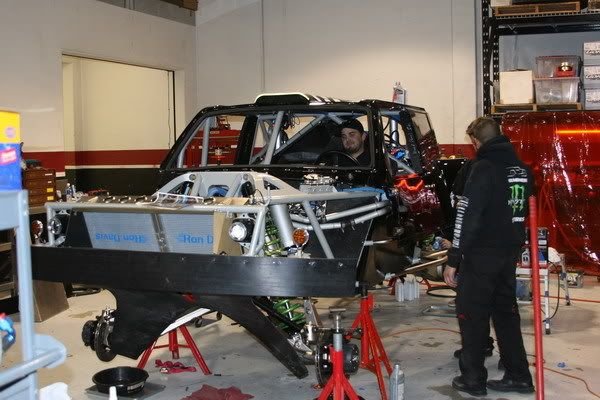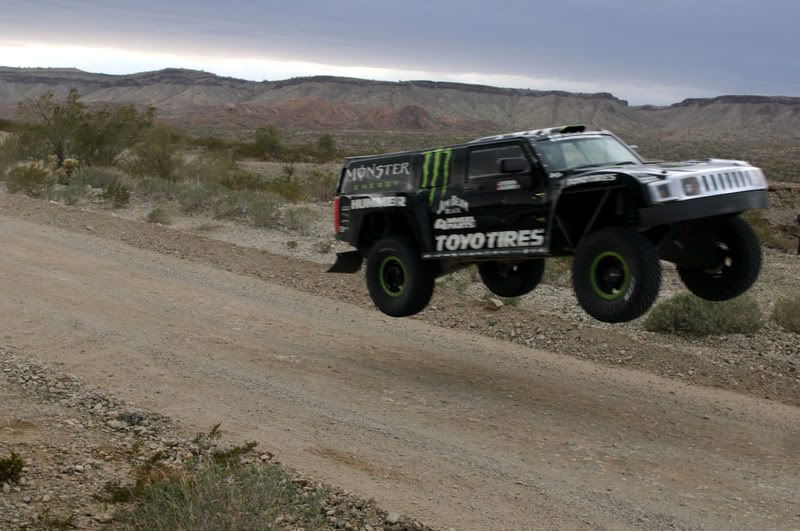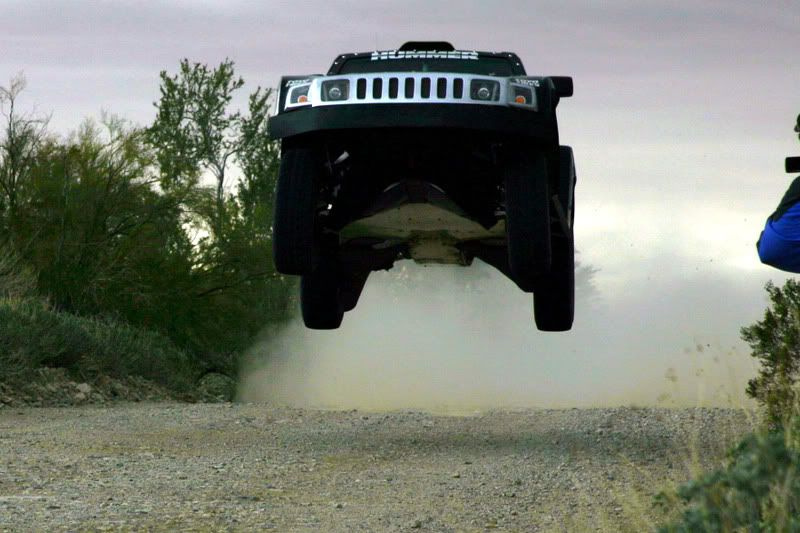Due to the '08 rally being cancelled Eurosport has been showing events from previous years in its timeslot. I've got totally hooked on the event and I was considering the implications of entering the event in the future (assuming the event is still running and I have appropriate finances).
For those who don't know the Dakar rally is an event which usually starts in Europe, crosses the Mediteranian sea by ferry or plane and continues through Morocco, across the Sahara desert and finishes in the town of Dakar on the Senegal coast, Africa.
There are 3 mayor catagories;
Bikes: These include ATVs (quads) and motorbikes. Now I've never ridden before (I'm itching to give motorcross a go) and I don't enjoy getting hurt so the bikes are pretty much out of the question.
Trucks: These rigid lorries usually carry spares for the teams car while competing in a race amongst themselves, they are big, heavy and expensive. I'd rather not race one across Africa.
Cars: These are the big boys of the race, ranging from specially built buggies, production vehicles, 2 and 4 wheel drives and the big marques running specially designed versions with some resemblance to their road cars. This is where I'd fit in.
I found the car regs here: http://www.fia.com/resources/documents/ ... rt_285.pdf
Anyway the reason I brought this topic up (besides a rare glimpse into the working of my mind) was to ask your advice on a few design related points.
As I watched numerous different vehicles I realised the advantage of this racing was a series with almost no rules. The cars must follow the above safety regs and be road legal, after that its up to the driver.
So what would be the perfect Dakar design? The rules do state that 4WD vehicles must have a higher minimum weight and must be front engine than 2WDs. Which would prove to be more of an advantage? I thought the answer would be obviouse until I discovered Schlesser (ex F1) has competed many events in his own 2WD car and won 2 consecutive events.
Would Diesel be able to beat Petrol? or is an alternative fuel the way to go? Is it better to buy a standard road car and develop it or start completely from scratch? I have no idea, with the range of surfaces they have to negotiate I don't think theres a right answer, some cars will be faster in the desert, some on the rocks, but there will be one design thats quick all over and thats the one I want to find.
- Login or Register
No account yet? Sign up









